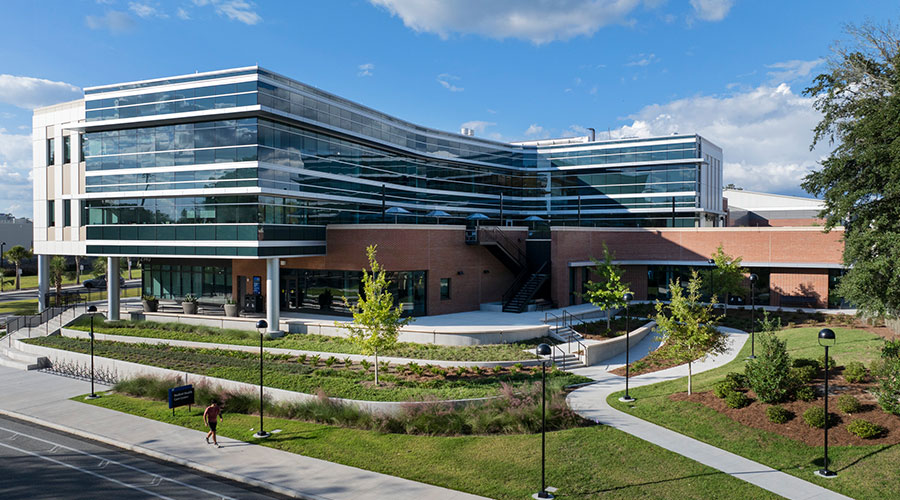Plans and Policies Help Facility Managers Drive Sustainability
While manufacturers get up to speed on creating EPDs, there is still plenty that facility managers can be doing now to drive sustainability. First, have a clear plan and policy in place.
The area for facility managers to always start is to sit down with the owners, tenants, and prospect teams and clearly define the environmental goals for the building based on the budget, building type and use, says Rossolo. "If you just say you want to be more environmental, you'll get lost in the information."
Facility managers need to decide which green products and attributes are important, then make sure everybody making purchasing decisions understands what the policy means, why it's in place and why you're purchasing what you're purchasing.
Another important area to consider is the standards in place governing purchase decisions. Often, those standards were put in place at the time of the last major project and haven't been updated since. In as little as five years, many interiors products might be discontinued, and there are generations of performance or sustainability innovations that have come along since.
"A lot of the time, the building standard hasn't been updated for a long time," says Sing-Sing Lee, project designer and senior associate with HGA. She suggests periodically revisiting the standard to ensure it's the most sustainable and durable material currently available.
One tricky aspect of interior systems selection is the multitude of options available. Keeping up with what's going on in flooring, paints, ceilings, systems furniture and on and on would easily be a full-time job. Because that's not her full-time job, Stacey Cohen, director of corporate facilities, services and real estate for Marriott International, relies on the most current LEED rating system to provide some guidance. "It will bring items to your attention that you'd never thought of," she says. In addition, there's always hyperlinks to third-party certifications, like Carpet and Rug Institute.
There are many third-party organizations vetting products and attempting to bring clarity to the selection process, says Rossolo. These include UL Environment, the Green Products Roundtable, the Coalition for Government Procurement, the Sustainability Consortium, and the Responsible Purchasing Network, among many. Rossolo recommends facility managers establish a list of the certifying organizations they trust to help narrow the field of product selection.
Keeping Green Alive
Many facility managers have already gone through the first round of sustainability initiatives at their organizations. But rather than resting on those achievements, success can be used to breed more success and drive sustainability even further. At Marriott, this pursuit is aided by a core company tenet: Success is never final. Always looking to improve where they are, Cohen runs quarterly reports comparing how they're doing against their LEED certification from a few years ago. "It shows whether we're continuing to push down that road, or if we're becoming complacent and status quo," Cohen says. Continuing to report out is a good step, she says, because it can show you where there might be problems or where you can continue to push or do better.
If facility managers are running into any pushback on trying to push a sustainability initiative further, rather than accepting good enough, Rossolo says it is important to be organized, clear and specific about why the added environmental attribute is needed. "Be able to clearly articulate why you want to do something and the ROI of doing that. There is ROI outside of energy use or saving water. There are companies and organizations who will help you make your case at no cost," Rossolo says.
Even if some facility managers might not want to keep pushing the limits of sustainability in interior products selections, Woolum doesn't think they'll have much choice. The continuing state of the marketplace is going to continue to force considerations of longevity and durability in product selection. "Building codes are getting more and more restrictive," he says. "Energy use requirements are getting more restrictive. Being satisfied with the status quo isn't even an option."
Related Topics:













